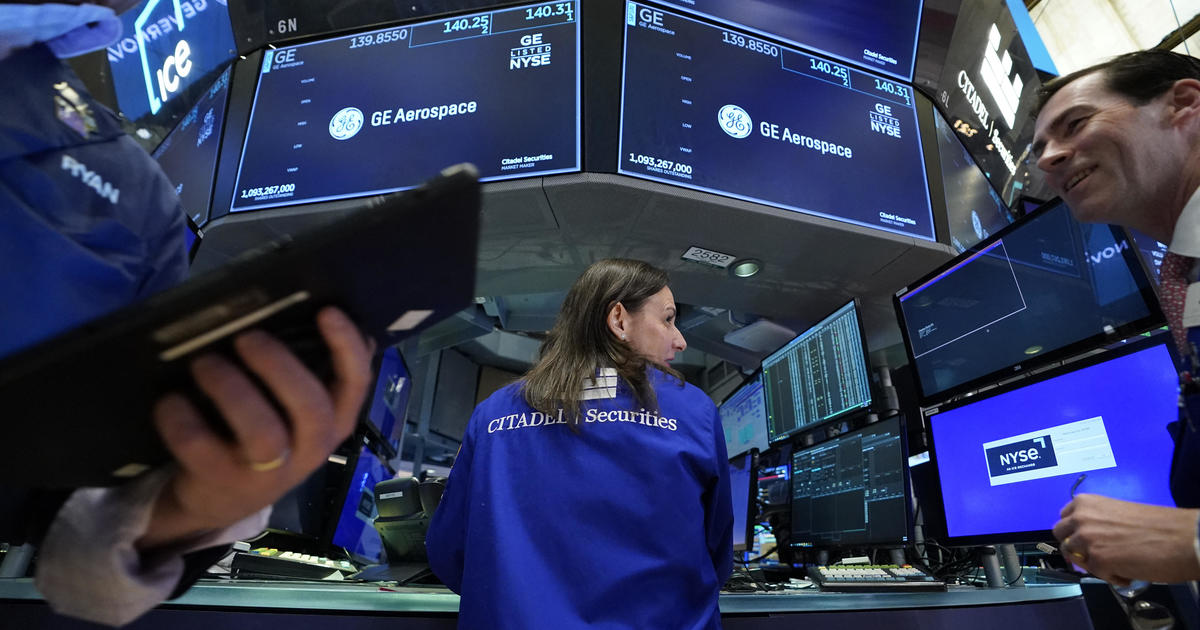Second-quarter earnings have Wall Street on edge
While Wall Street's first half have may been solid, U.S. equities haven't really gone anywhere over the past month.
Lingering post-election confidence, strong job gains and positive investor sentiment have been offset by increasing hawkishness from the Federal Reserve, renewed energy price weakness and collapsing measures of market breadth. In addition, weakness in tech stocks has been offset by strength in banks. You get the idea.
Wall Street is at a crossroads, so to speak. Both the bulls and the bears have compelling arguments. And thus, prices are in stasis as a result.
But the stalemate could be broken this week as one of the major justifications for the rally stocks enjoyed out of their March/April lows -- strong earnings growth in the first quarter -- is tested by the release of second-quarter results. The big banks are up first, with Citigroup (C), JPMorgan (JPM) and Wells Fargo (WFC) all reporting on Friday, July 14.
Apprehension is in the air after bank executives warned of disappointing trading revenue amid evidence of tepid loan growth. Moreover, a big reason for the positive first-quarter earnings results was energy companies as they rebounded from crude oil's decline to $26.05 a barrel in early 2016.
But oil prices have since drifted lower on disappointment with OPEC's output freeze amid still bloated inventories, uneven U.S. gasoline demand and an increase in U.S. shale activity. That's removing this tailwind for overall S&P 500 earnings growth.
Wall Street is already on edge. The 20-day moving average for the CBOE Volatility Index (VIX) -- Wall Street's "fear gauge" -- last week broke above its 50-day moving average for the first time since March -- something that marked the start of a three-month time out on the post-election "Trumpflation" rally.
Something else to keep in mind: Market sentiment is quite high, breadth is extremely weak (last Thursday's sell-off featured the highest number of net declining issues since December) and seasonality is poor. This isn't a market in the mood to tolerate disappointment well.
Overall, according to FactSet, S&P 500 companies are expected to post earnings growth of 6.5 percent over the prior-year period, led by the energy sector (down slightly from the 6.6 percent expected at the end of the quarter). But this is already more than fully priced into stocks: The S&P 500's forward price-earnings multiple stands at 17.3, above its five-year (15.3) and 10-year averages (14).
But the "whisper" number is even higher: FactSet notes that over the past five years, on average, actual earnings reported by S&P 500 companies have exceeded estimated earnings by 4.2 percent. Overall, 68 percent of S&P 500 companies have beat their analyst estimates. As a result, from the end of the quarter being reported to the end of the earnings reporting season, the earnings growth rate typically increased by 2.9 percent on average.
Applying this to the 6.6 percent figure gives a total earnings growth expectation of 9.5 percent. That's a high hurdle to clear: If S&P 500 companies can, it would represent the second-best earnings growth since the fourth quarter of 2011.
No wonder investors are walking on eggs.




